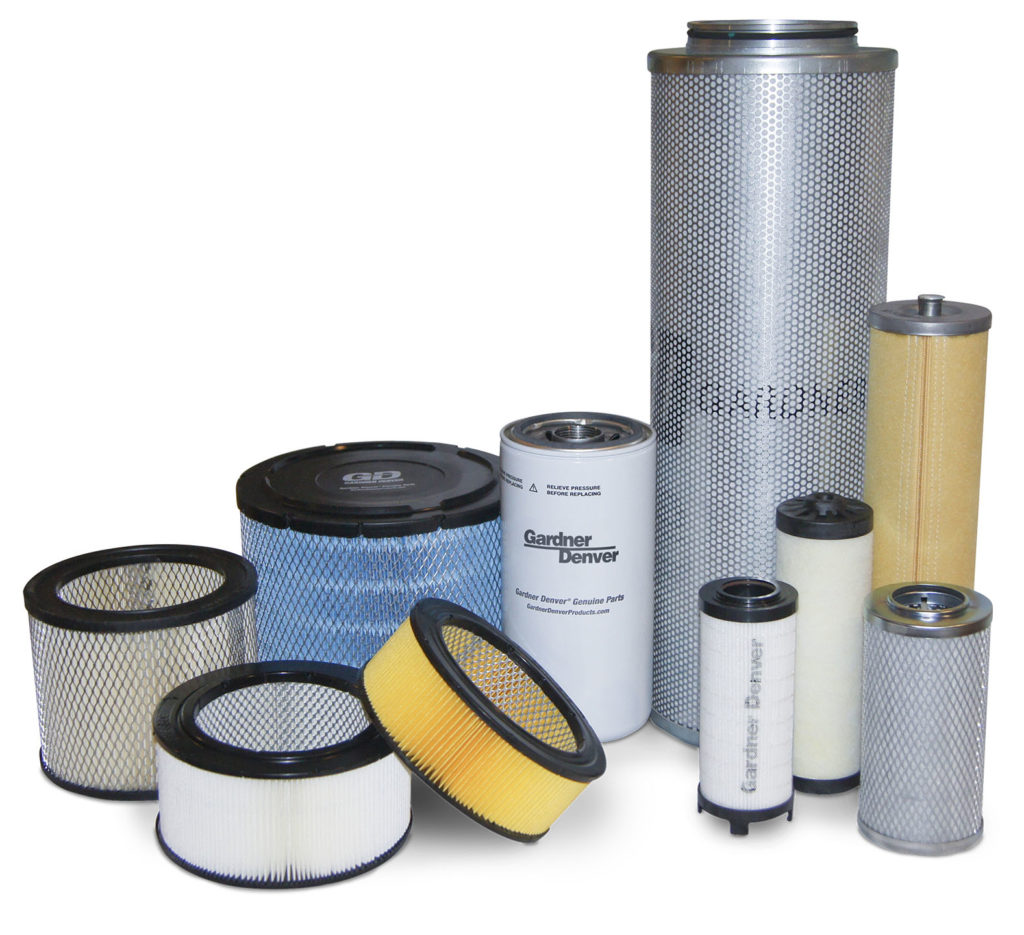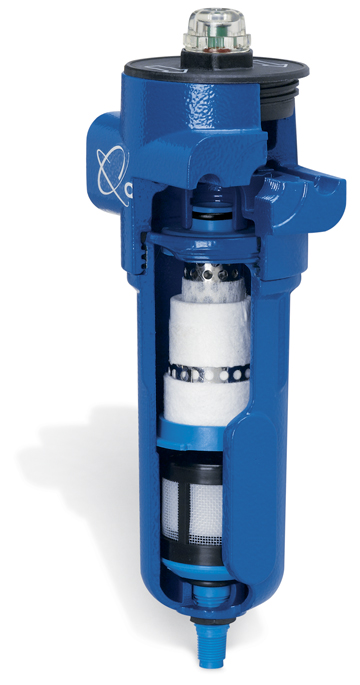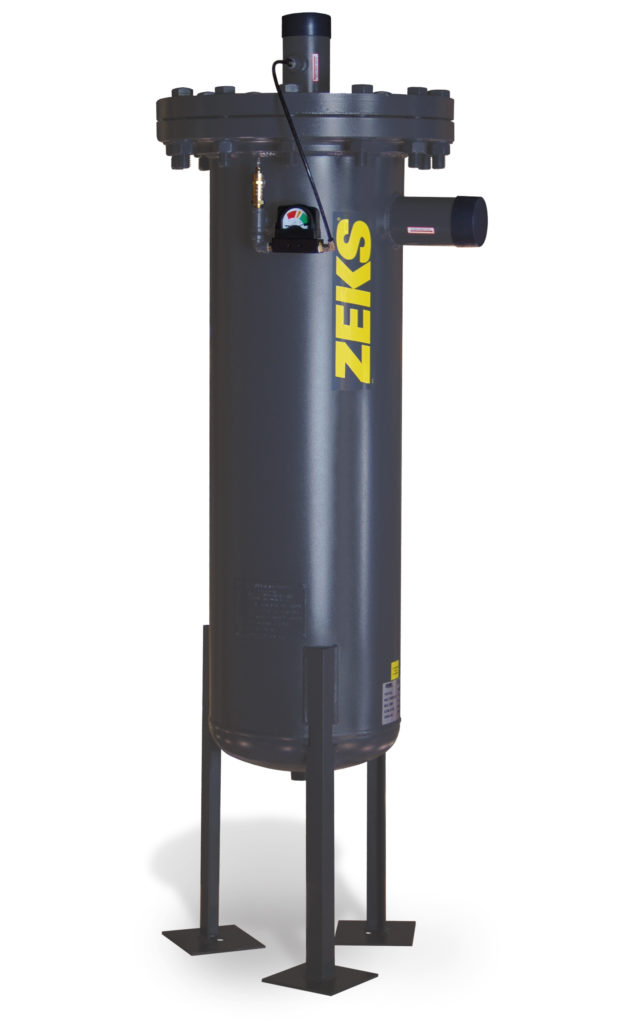Common Compressor Air Filter Types: Breaking Things Down
For years, air compressors have been a common fixture in just about every type of professional or industrial environment that you can think of. In auto body shops, for example, they’re used for everything from painting cars to sanding components. They power drills and hammers on construction sites, they can be used to clean equipment and more – quickly proving to be an investment that is more than worth making.
But just as important as the compressor itself is the air filter you choose to use with it. As the name suggests, these filters are designed to protect your environment – and by extension, your employees – from potential issues relating to dust, dirt, oil and more. Dust is a particularly pressing issue, as if left unchecked it can easily wear down your equipment, creating expensive periods of downtime and potentially causing a situation where something needs to be prematurely replaced altogether.
It’s important to note, however, that not all compressor air filters are created equally. Just as it’s crucial to make sure you’re installing a filter that is the right size for your equipment, you also need to verify that you’re getting the appropriate type to meet your needs.
All told, there are four main types of compressor air filters that you’re likely to encounter – all of which are more than worth exploring.

The Most Common Compressor Air Filter Types: An Overview
One type of compressor air filter that you’re likely to encounter is called a dry particulate filter. These are typically used to remove desiccants and other particles during the compressor process. They trap and contain those obstructions within the filter itself, making it easier to remove everything safely later on.
Generally speaking, these filters will need to be changed every few months to make sure they keep functioning as intended. Yes, it’s true that most of them have large capacities – but as the particulate filter itself gets “full” with more and more dust, the pressure of your air compressor will begin to decrease. Therefore, when you notice this beginning to happen, it’s a good idea to swap out the old filter with a new one to avoid issues.
Another common type of compressor air filter is called a coalescing filter. These are traditionally employed to remove water, aerosols and other types of elements that could potentially contaminate an environment. During the process, droplets of something like water are trapped in the filter itself in a way that also prevents them from re-entering the surrounding area at a later time.

The interesting part of coalescing filters is that they actually trap small drops of something like water or oil in a way that makes them stick together, forming larger ones. Their weight makes them fall to the bottom of the device, at which point a drain can be used to clean the filter quickly and easily.
Note that coalescing filters are also a viable way to remove particles from the compressed air, but this process must be executed with caution. If the filter isn’t changed on a regular basis, it could lead to pressure issues within the compressor – thus hurting its performance and potentially limiting its lifespan.
Vapor removal filters are another compressor air filter type that you’re likely to see, and they work exactly like it sounds: they remove various gasses during the process of using your equipment. Here, charcoal is often employed as the filter media due to its ideal pore structure. However, it’s also not uncommon to see cloth or even paper used for the same purposes.
These, too, must be used very precisely as they don’t work well for removing aerosols. If they’re exposed to aerosols, the filter itself will become saturated – something that will harm its ability to function at all almost immediately.

Finally, mist eliminators are also used regularly with certain types of air compressors. They work in much the same way that a coalescing filter does, acting as a viable alternative for situations where costs are a major consideration. They operate at lower pressures than coalescing filters, though, which can be a great way to save money without harming performance.
In the end, it’s important to note that you always need to match up a compressor air filter with the precise type of equipment you’re using. Not all filters are ideal for all environments, and certain compressors may only take one of the aforementioned options. Always check the original documentation that came with your air compressor and make sure you’re selecting the appropriate filter media given the manufacturer’s recommendations.
If you’d like to learn more about the most commonly available types of compressor air filters and their major benefits, or if you’d just like to discuss your own needs with someone in a bit more detail, please don’t delay – contact the team at JHFOSTER today.
